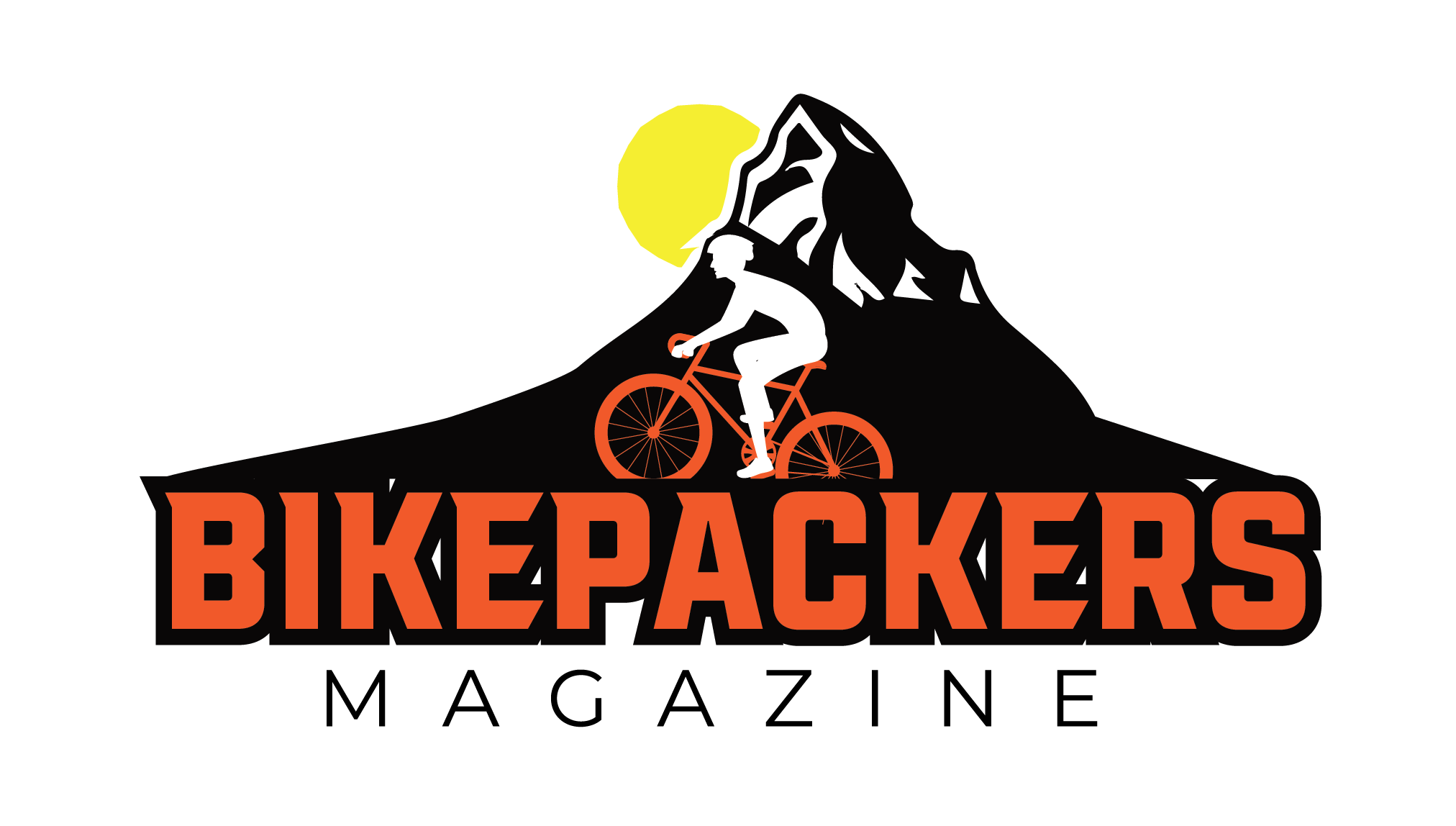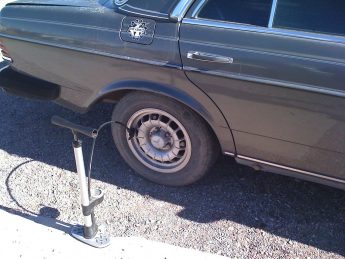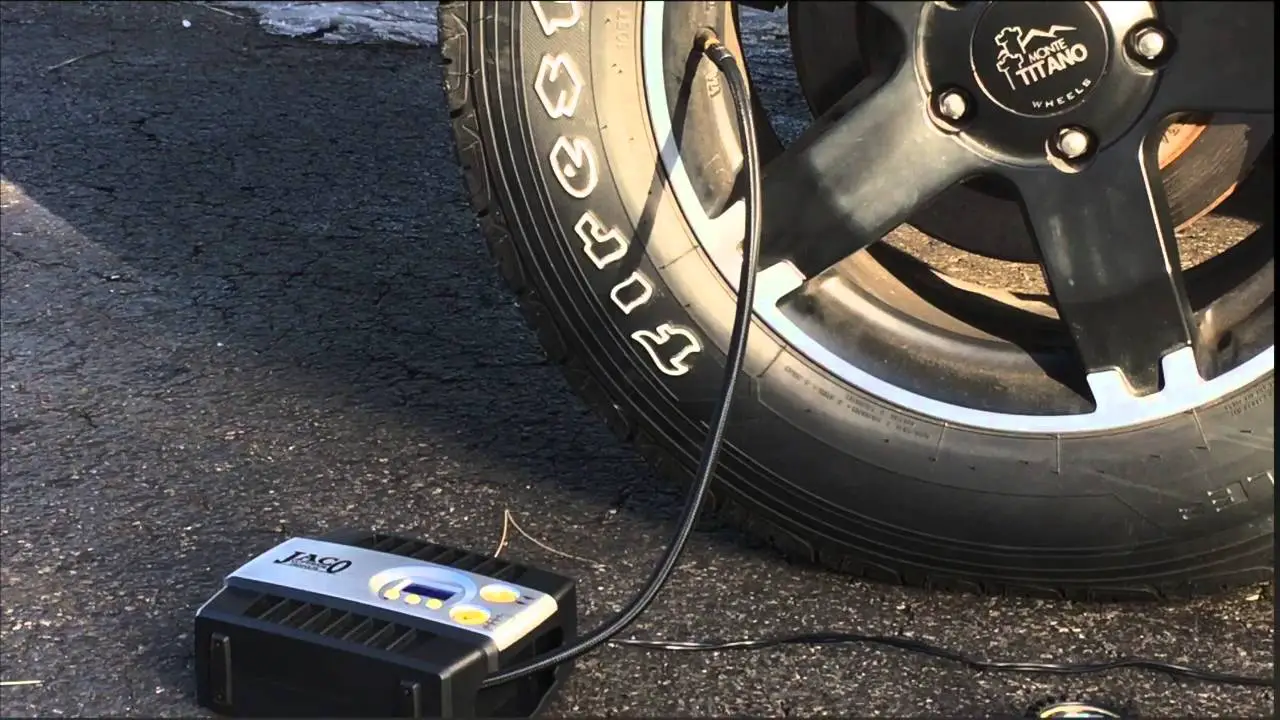Loss of air pressure in the car tire can happen at any point in time. Will you always be prepared? Maybe not. In desperate times when your vehicle tire needs a pump, there are very few options at your disposal. But, what if you have a bike pump? How do you inflate a car tire with a bike pump? Is it even possible? Well, there’s no better time than now to find out.
Don’t be quick to write off that bike pump, it’s more useful than you think. While underinflated tires can be a serious safety issue, bike pumps can help you do the job just right.
I may be a living legend, but that sure don’ doesn’t when I’ve got to change a flat tire.
Roy Orbison
Flat tires or even low air pressure can happen at any time. In almost every situation, there is no warning at all, so you best be prepared.
Statistics in the United States alone show that 7 flat tires occur every second, this sums up to a stunning 220 million flat tires per year.
The majority of these flat tires or low air pressure occur at the oddest of times. Being part of the statistics is almost inevitable.
However, prevention is also very important, in this article we will be highlighting some effective “check-up” measures.
Bike pumps can come in very handy in such situations. With a simple bike pump and a few important instructions to follow, you are good to go.
Before setting things in motion, some simple but important measures need to be observed. Factors like parking your car on a flat surface would help in completing this task efficiently.
And off course, getting an accurate reading of the air pressure in the car tire plays an important role in making the process stress free. As we already know, carrying out a balanced pump is important.
Step 1- Park on a flat surface
Quick Navigation
A clear parking area will allow you to freely move around your car to fill up tires without anything getting in the way. Parking on a level surface will make it easier for you to balance and operate your pump.
Step 2 – Check the Pressure
Keeping a pressure gauge as part of your carry on car tools at all times is very important. It is a standard maintenance procedure, which you need to follow at all times. We recommend that you also remove any grime or dirt from the tire valve to get the exact reading.
Step 3 – Inspect your pump hose for possible leaks.
As a lot of tools, bike pumps have a shelf life, in most cases, quality pumps have a long shelve life. However, the hose of older pumps can break down over time. Cracks in it can result in more air being pumped outside the tire than what makes it inside.
Sometimes, the pump valve and the tire valve will seat poorly, creating gaps where air can escape. This can decrease the amount of air you pump into the tire with each pump.
Now you need to take care of some things before filling the car tire with air from the bike pump. A bike pump is an essential component of a bicycle tool kit. On the other hand, you need a valve, which has threading for a screw-on cap and small metal pin inside.
Step 5 – Fill your car Tire
Now that you have observed the other steps, it’s time to attach the bicycle pump and pump your car tire. You might hear the air escaping until it seals, which is entirely reasonable. Next, raise and lower the pump bar. We recommend you frequently stop to measure the tire pressure, as you need to prevent the overfill of the car tire.
Step 6 – Monitor and adjust tire pressure if necessary
The job isn’t quite done yet. In the event you overfilled your tire with air, use your tire pressure gauge or better still, you could press a pin right in the center of the tire valve to the side of the valve. This will release air in the tire and decrease pressure. It’s is important that the tire air is pumped at just the right amount of pressure.
NOTE:
At this point, your patience is very important. It should come as no surprise that bicycle pumps are slower when it comes to filling a car tire compared to that actual car tire pumps. In may cases, the minimal pressure required by many cars to get back on the road is 5 PSI.
Tips and precautions
- For ensuring that you get the best performance out of your vehicle it is important that you check your tires monthly. Minor check-ups can also be taken after there is a significant change in temperature.
- Although a bike pump can be efficient, they can also give in when they are needed the most. Hot days in particular pose a threat. Taking a break every 1-2 minutes will prevent the effects of prolonged use. This may include overheating and cracking.
- Monitoring your car pressure cannot be overemphasized. As, over or under inflating your car tires can result in very costly damage to your tire, rim, and car. These types of issues are best Prevented than paid for.
- Driving on your flat tires is not an adjustable move. This act can permanently deform your tire. In the long you, you would have to spend more on paying for a complete replacement.


